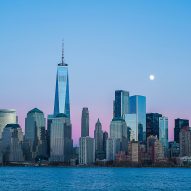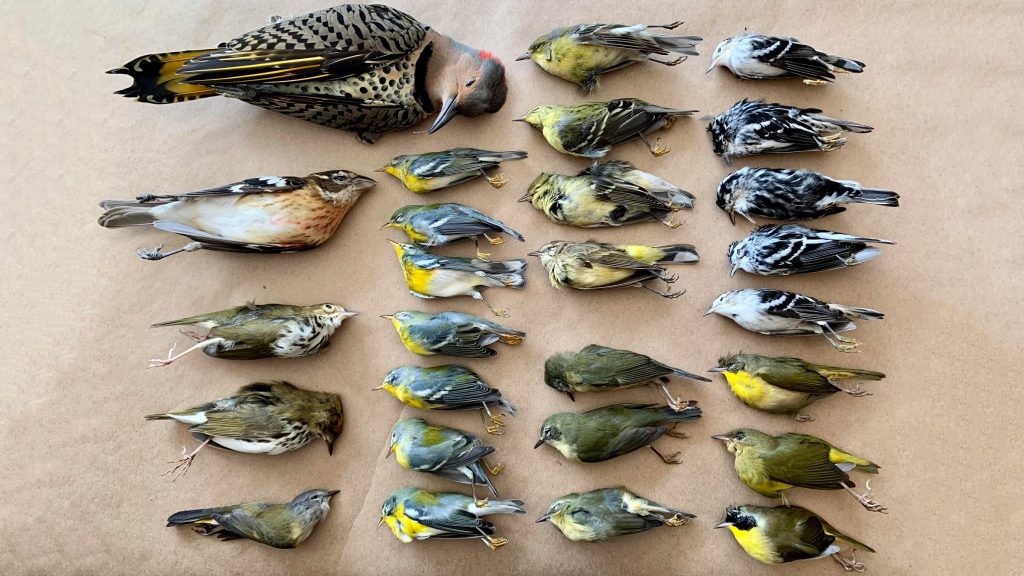This week we reported on billions of birds being killed by glass buildings
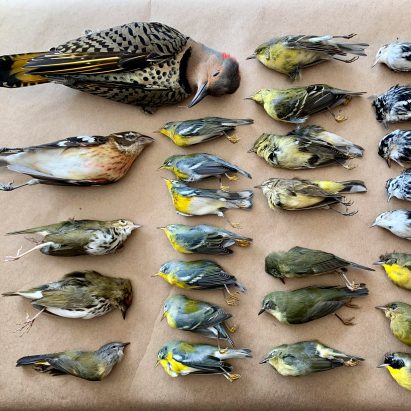

This week on Dezeen, experts called for legislation to prevent huge numbers of birds dying from striking glass buildings every year.
According to experts, collisions with buildings cause billions of bird deaths a year and architects should amend their designs to help reduce this number.
"We need broad-scale legislation requiring buildings to be bird-friendly," said Kaitlyn Parkins, an ecologist who is campaigning to reduce bird deaths in New York City.
In response, we rounded up eight ways to make buildings more bird-friendly.
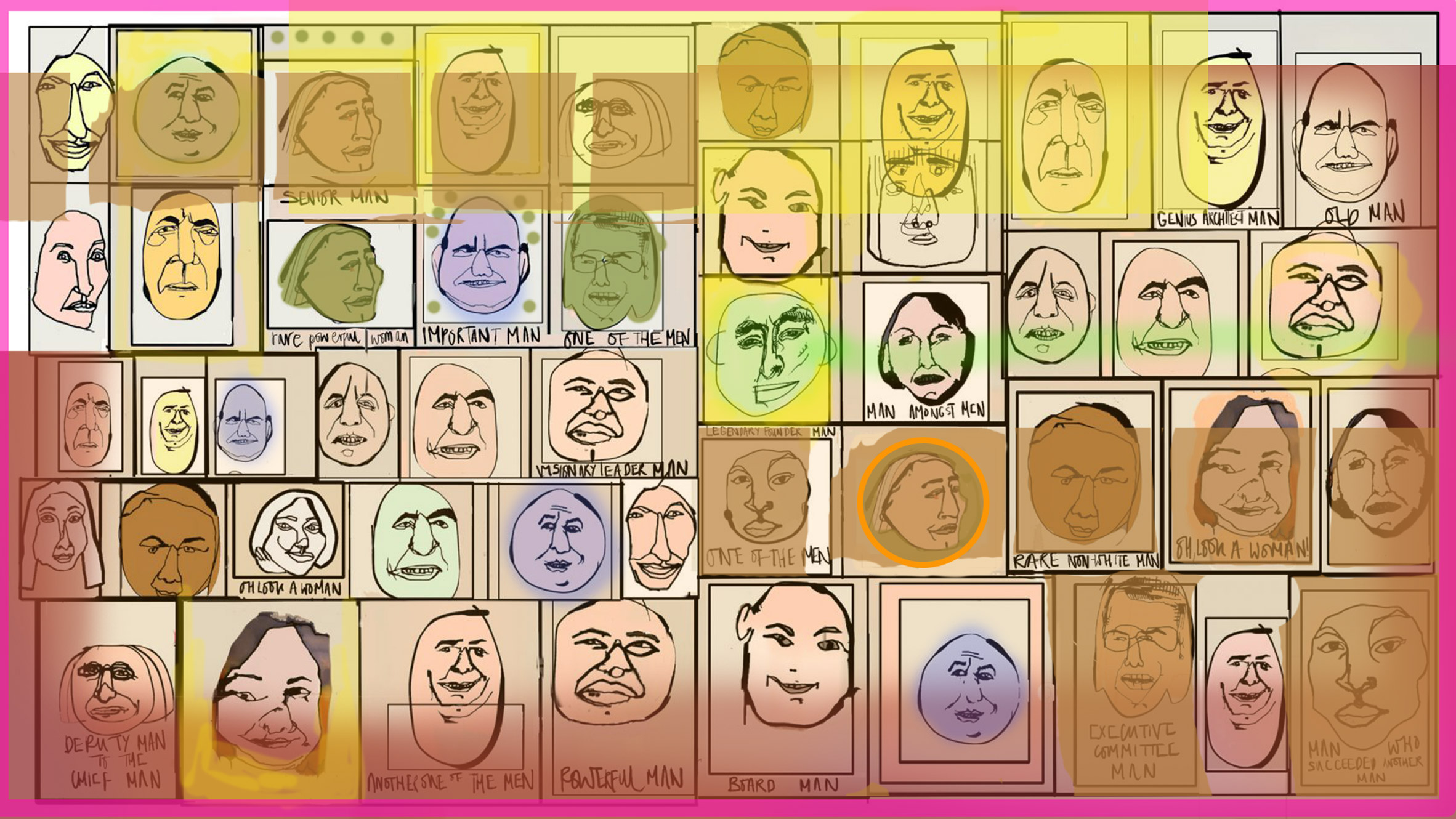 Dezeen carried out a survey of women in top jobs at the biggest architecture firms
Dezeen carried out a survey of women in top jobs at the biggest architecture firms
To mark International Women's Day, we carried out research that found that the number of women in top jobs at the biggest architecture firms has doubled over the past five years.
However, the research also highlighted that men still occupy four out of five of the most senior roles at the largest studios.
In an accompanying opinion piece, Women in Architecture Awards-founder Christine Murray wrote: "architecture has run out of excuses when it comes to explaining a lack of gender parity".
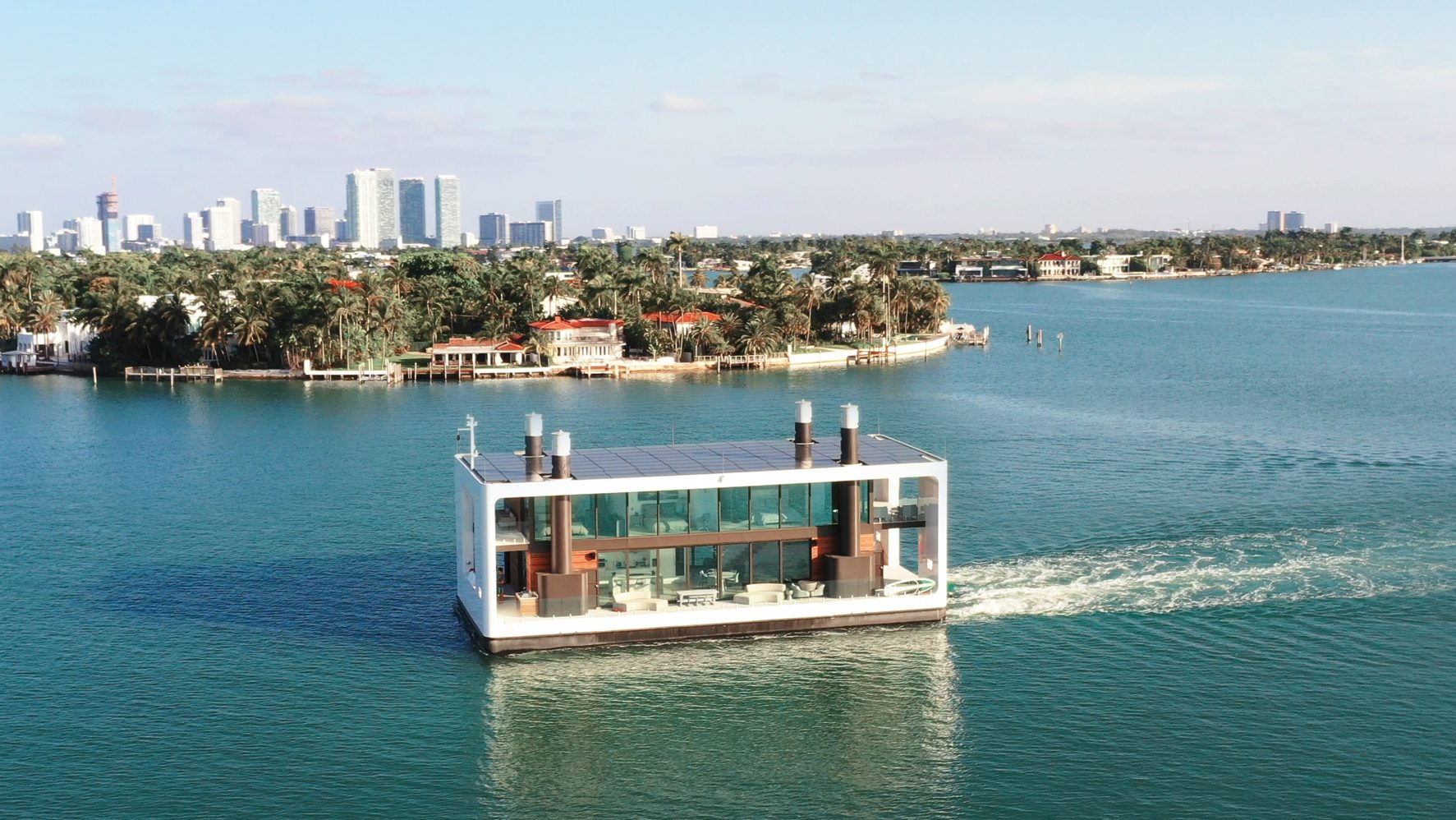 A floating villa is included in our roundup of climate change-resilient homes
A floating villa is included in our roundup of climate change-resilient homes
Following a landmark report from the UN's Intergovernmental Panel on Climate Change that found cities are largely unprepared to cope with record heatwaves, floods and storms, we looked at climate change-resilient homes from around the world.
We rounded up 10 homes designed for the impact of climate change including a hurricane-proof house in Puerto Rico and a floating villa with retractable stilts.
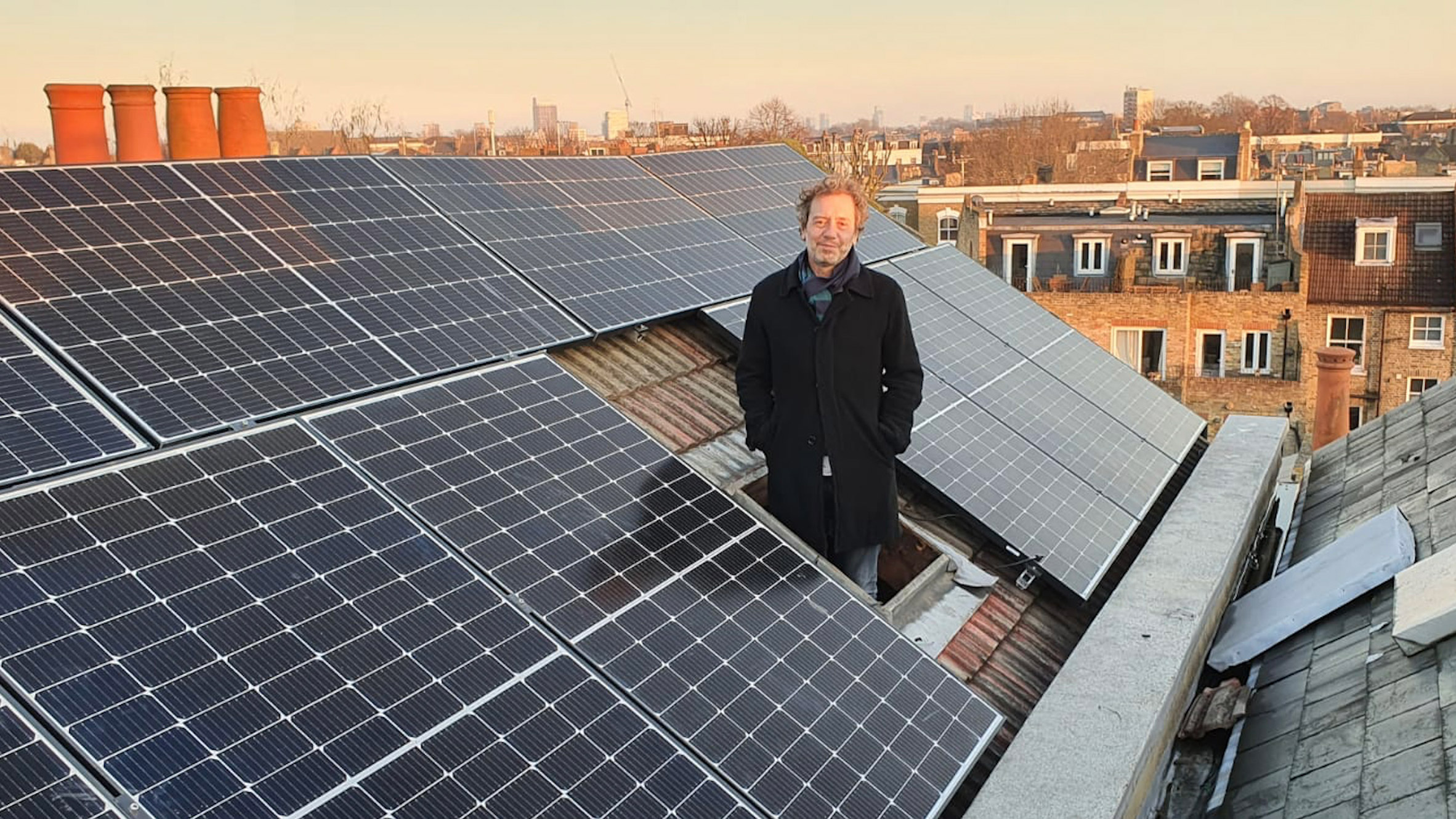 Installing solar panels makes more sense than ever, believes Marcus Fairs
Installing solar panels makes more sense than ever, believes Marcus Fairs
The impending climate catastrophe and soaring energy bills mean that installing solar panels makes more sense than ever, believes Dezeen founder and editor-in-chief Marcus Fairs.
"The solar revolution is underway, but one rooftop at a time," he wrote in an opinion this week.
 Designers have created illustrations to show solidarity with Ukraine
Designers have created illustrations to show solidarity with Ukraine
As Russia's invasion of Ukraine continues, studios and designers, including Olafur Eliasson and Pentagram, shared illustrations to show support for the country.
Also in response to the war, UK studio Foster + Partners and Swiss studio Herzog & de Meuron made the decision to withdraw from projects in Russia.
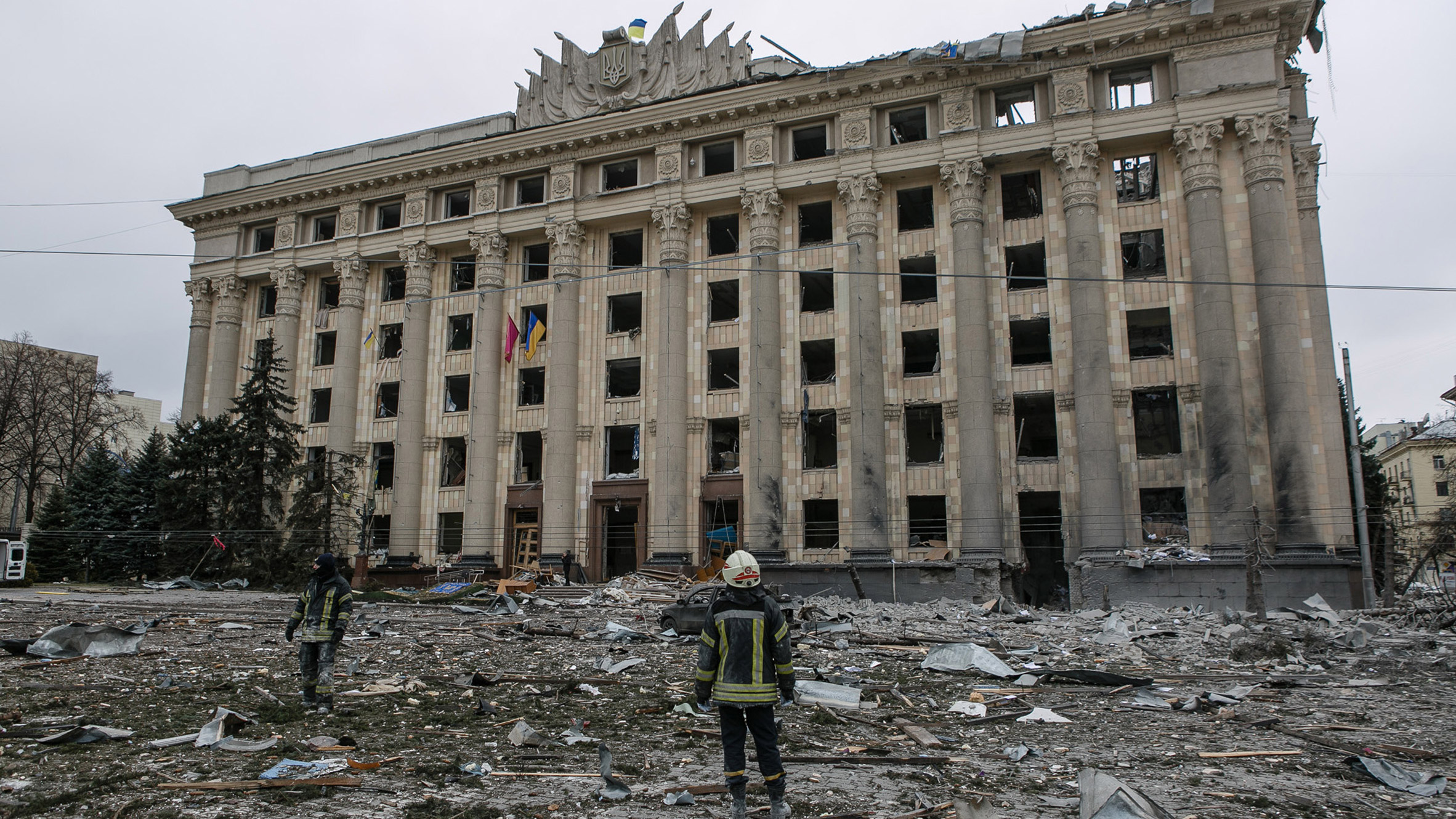 Heritage buildings are being destroyed in Ukraine
Heritage buildings are being destroyed in Ukraine
Conservation group Docomomo and UNESCO also drew attention to the continuing destruction of heritage buildings in Ukraine, including Kharkiv City Hall (above).
"This is not only a humanitarian catastrophe, not only a war crime, but also the barbaric destruction of architectural heritage of Ukrainian cities, our memory and culture," wrote a Docomomo team member from the Ukrainian city of Kharkiv.
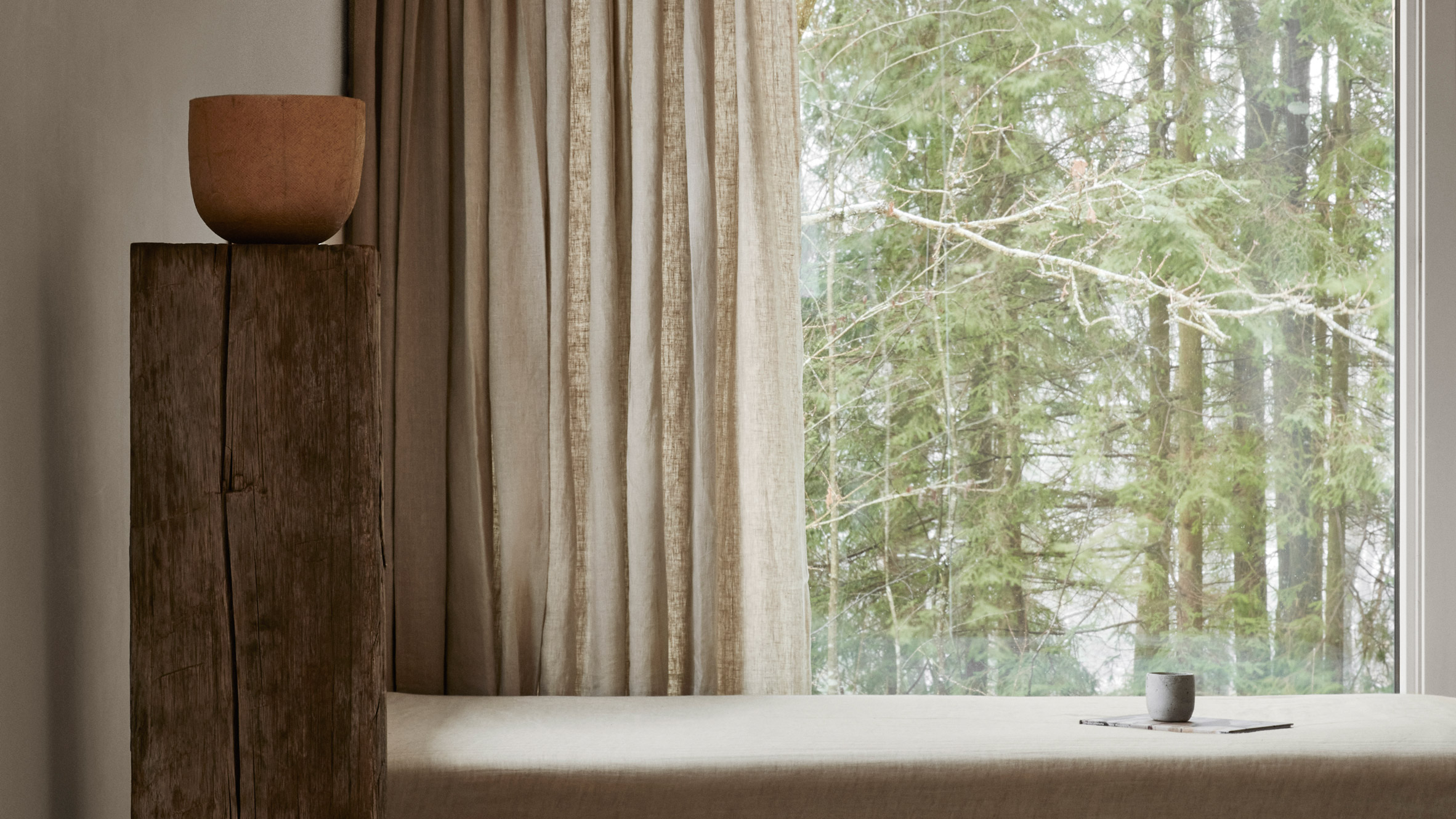 Norm Architects designed a retreat within a Swedish forest
Norm Architects designed a retreat within a Swedish forest
Popular projects this week included a Swedish forest retreat designed by Norm Architects "for a simple life", a low-energy home in London and a beach house in Toronto.
Our lookbooks this week focused on well-organised bedrooms with clever storage solutions and escapist holiday homes with peaceful interiors
This week on Dezeen
This week on Dezeen is our regular roundup of the week's top news stories. Subscribe to our newsletters to be sure you don't miss anything.
The post This week we reported on billions of birds being killed by glass buildings appeared first on Dezeen.
#all #architecture #news #thisweekondezeen #birds #birdcollisions
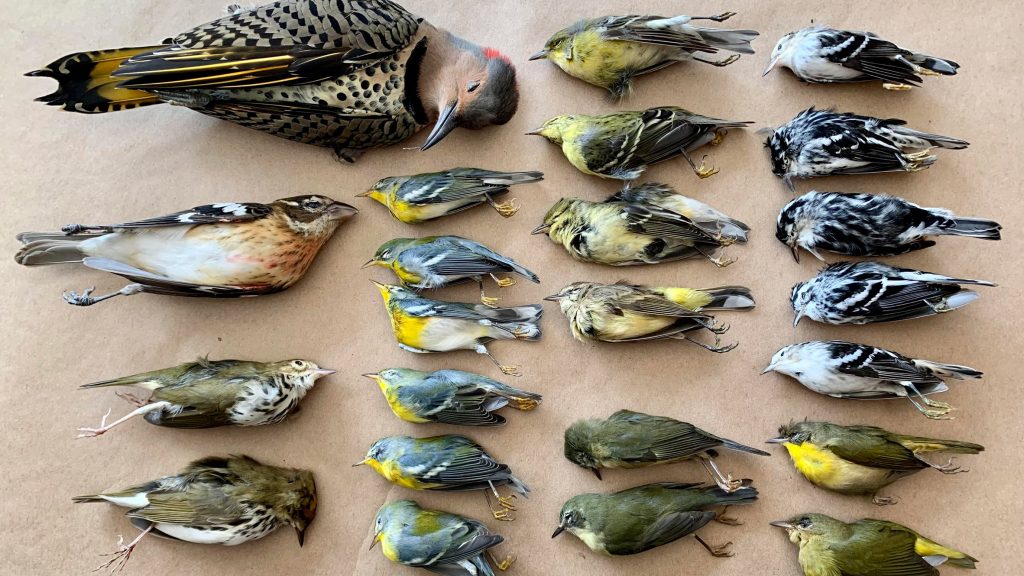
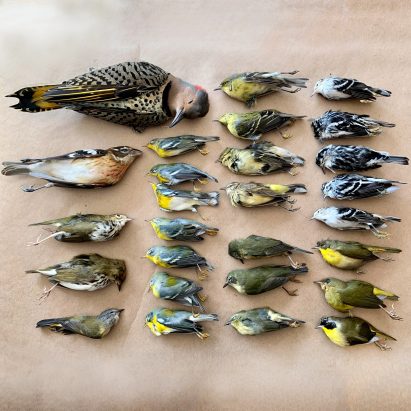
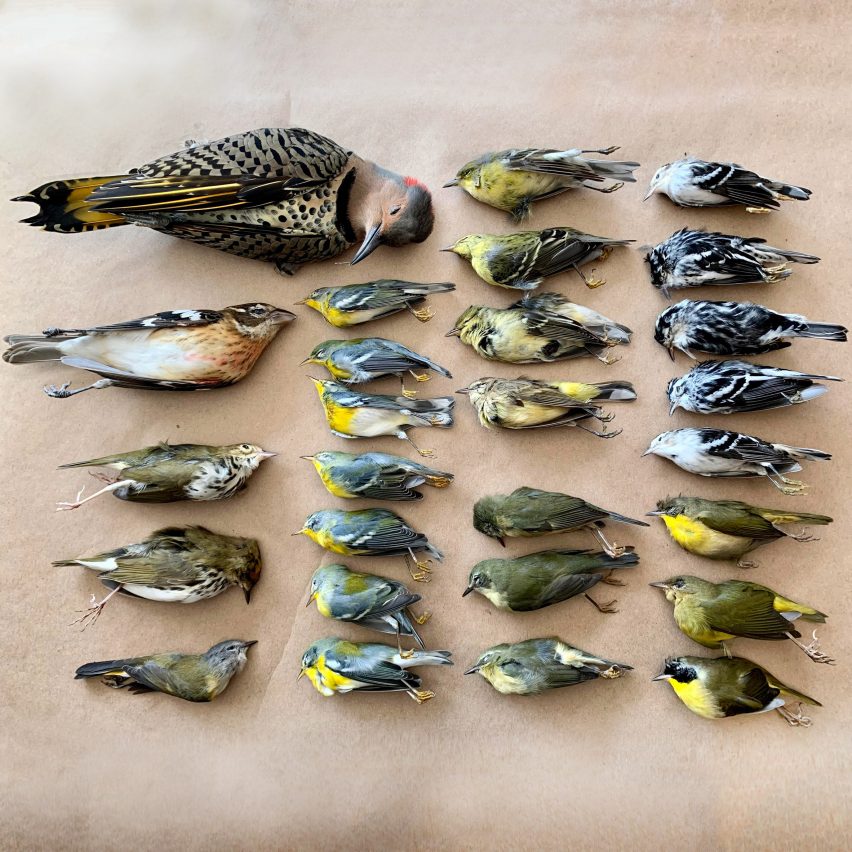
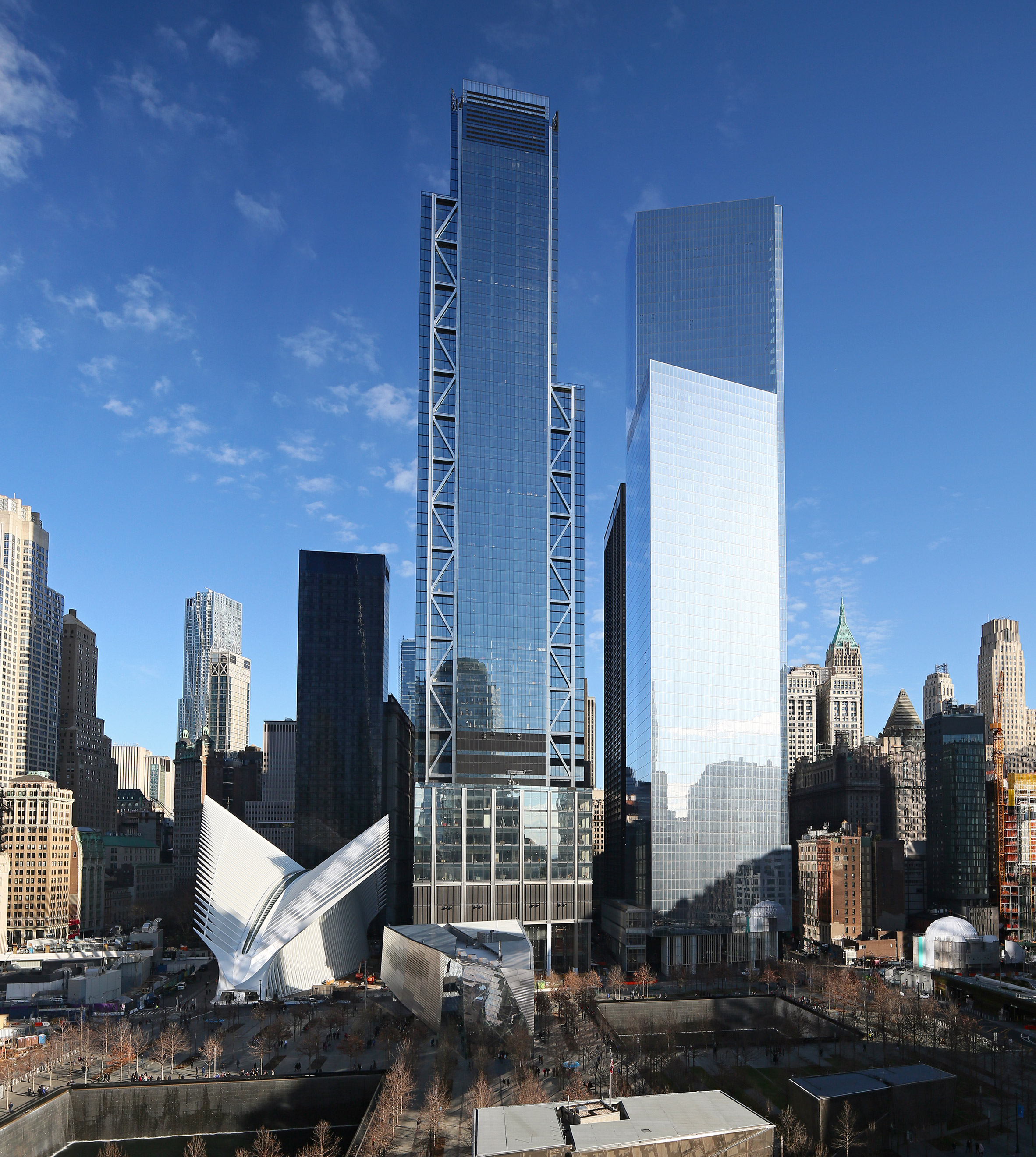 Glass facades on buildings such as the 3 World Trade Center (centre) and 4 World Trade Center (right) in New York are responsible for millions of bird deaths each year. Photo by Joe Woolhead
Glass facades on buildings such as the 3 World Trade Center (centre) and 4 World Trade Center (right) in New York are responsible for millions of bird deaths each year. Photo by Joe Woolhead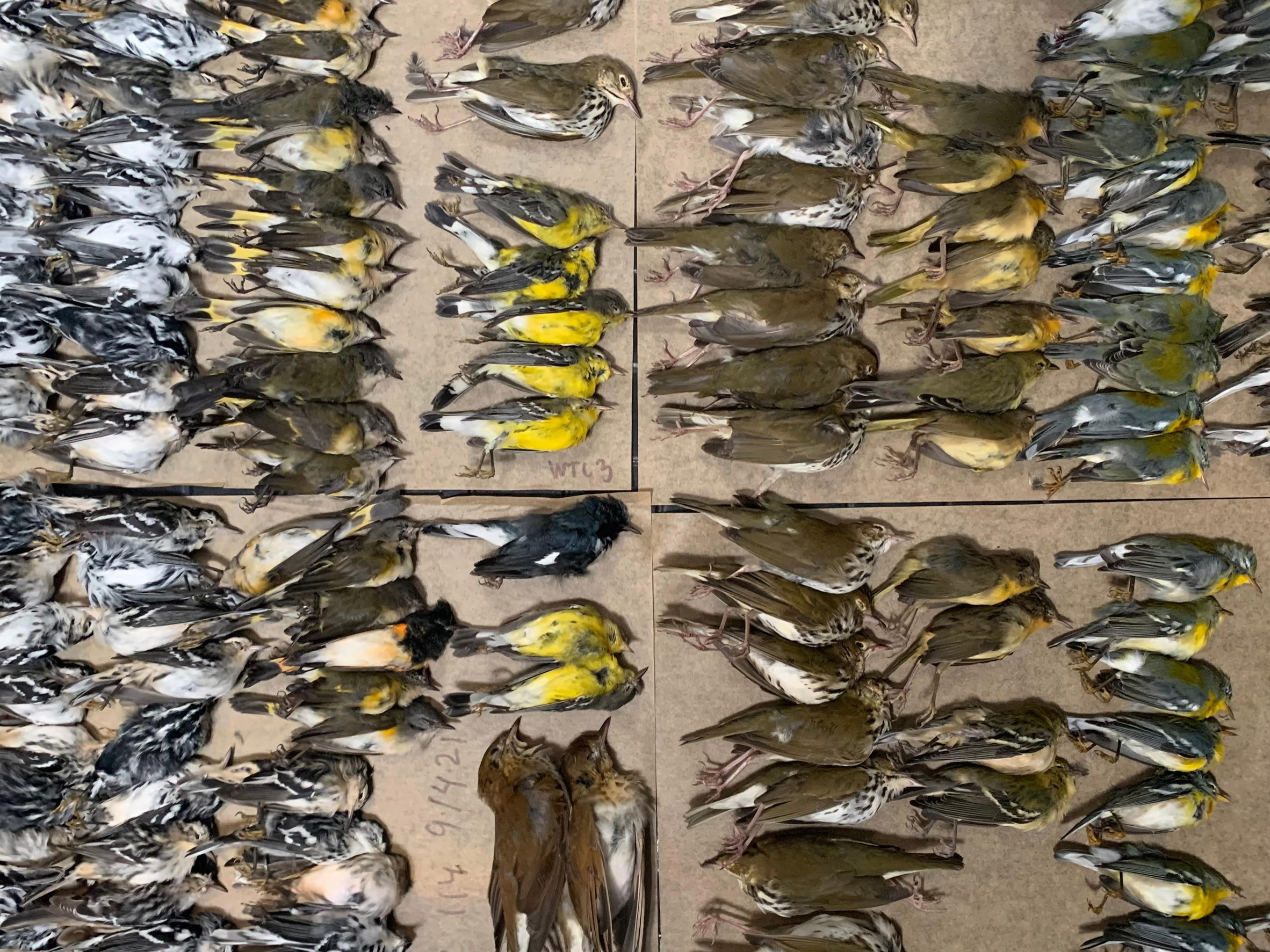 Melissa Breyer found over 200 bird carcasses (above and top image) at the World Trade Center last year following window collisions. Both photos are by Breyer
Melissa Breyer found over 200 bird carcasses (above and top image) at the World Trade Center last year following window collisions. Both photos are by Breyer